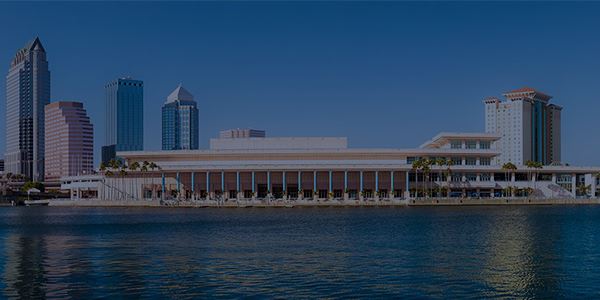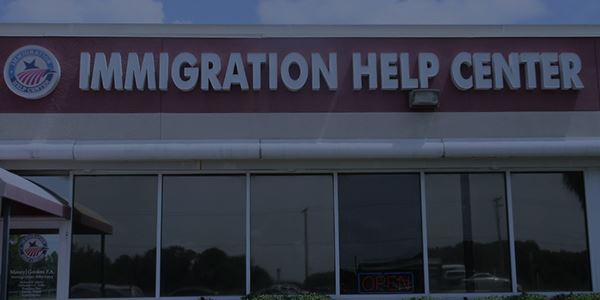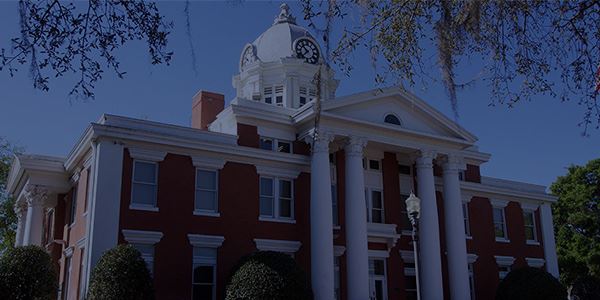Avenues of Citizenship
Becoming a citizen of the United States is a dream for thousands of people around the world. Fortunately, there are several ways in which someone could obtain conditional or permanent resident status. One of these is through their parents or other familial ties.
When someone chooses to immigrate to the United States, they may do so alone, to meet family, or leave their loved ones waiting in another country until they can make the trip. Regardless of the situation, knowing the ways in which you can become a U.S. citizen through a parent who is a citizen is essential knowledge to know when beginning the process.
Being Born in the United States
The most obvious way you can become a citizen through your parents is if you were born in the United States to American citizens. If this is the case, you will automatically be considered a U.S. citizen at birth and will not have to go through any further processes to gain citizenship.
However, it’s important to note that if only one parent is a U.S. citizen when you are born, you may still be able to gain citizenship. In these cases, additional requirements must be met in order for you to obtain citizenship, such as:
- The U.S. citizen parent must have been physically present in the United States for a certain amount of time before your birth
- The U.S. citizen parent must have been married to the other parent before your birth (this requirement does not apply if the parents are same-sex couples or the other parent is deceased)
- The U.S. citizen parent must support you financially
Claiming Citizenship After Being Born Abroad
When born abroad, it may seem like you have to claim citizenship wherever you were born. However, if your parents are U.S. citizens or non-citizen nationals, it can actually be quite easy to obtain your citizenship. Following a birth overseas, the parent should report the birth to a U.S. embassy or consulate as soon as possible. In doing so, they can issue a Consular Report of Birth Abroad (CRBA) and allow you to claim your citizenship.
Consular Report of Birth Abroad (CRBA)
To apply for a CRBA, certain requirements must be met; these are used to determine if the child is eligible for citizenship through this method. The requirements include:
- One or both parents must be a citizen of the United States
- The “transmitting parent” (U.S. citizen who is authorizing citizenship) must have been physically present in the U.S. or its territories for a certain period of time (may vary by each case)
- A biological relationship between the child and the transmitting parent
- A legal relationship between the child and the transmitting parent
You can request a CRBA by filling out Form FS-240. Once this is approved, the parents can move forward with obtaining the appropriate documents for citizenship for the child.
Derivative Citizenship
Derivative citizenship is when a person gains citizenship indirectly through another family member. In order for this to happen, the applicant must meet specific requirements that show they are qualified for derivative citizenship. The requirements include:
- Having at least one parent who is a U.S. citizen, whether by birth or naturalization
- The applicant must be under the age of 18
- The applicant must be currently residing in the United States in the legal and physical custody of the U.S. citizen parent
- The applicant meets all other necessary requirements for U.S. citizenship
If you believe you qualify for derivative citizenship, you can submit Form N-600 to begin the application process. You will need to provide evidence that proves your relationship to the U.S. citizen parent as well as evidence of the other requirements listed above.
It's important to note that all of these options require the child to be younger than 18 years old in order to obtain citizenship. However, this does not mean that there are no options for adults who wish to pursue citizenship after their parents.
Path for Citizenship for Adults with U.S. Citizen Parents
There are a few different options available to adults with U.S. citizen parents who wish to obtain citizenship themselves. In many cases, this may result in going through the naturalization process with one or both parents as your sponsor. Here are some scenarios to be aware of:
Aging Out
“Aging out” occurs when an individual applies for lawful permanent resident status but turns 21 before their application is approved. Applicants in this situation may fall under the Child Status Protection Act (CSPA).
CSPA only applies to certain groups, including those who are immediate relatives of a U.S. citizen. Depending on at what age your Form I-130 or Form I-360 was filed, your age may be considered “frozen” and you are not technically aged out. However, you must remain unmarried until the process is finalized.
Naturalization
Another option available to adults with U.S. citizen parents is known as “naturalization.” This is when an immigrant becomes a U.S. citizen after meeting certain requirements set by the government.
If you believe you meet the requirements for naturalization, you can submit Form N-400 to begin the naturalization process. You will need to provide evidence that proves your residency in the United States as well as evidence of good moral character. The civics and English test may be waived for some applicants.
Need Assistance? Call (800) 708-4399
Maney | Gordon | Zeller, P.A. has been helping people around the world achieve their American dream for decades. Our dedicated team of attorneys have offices throughout the United States where we can assist with a variety of immigration matters. Schedule a free consultation today to discuss how we can help you by calling (800) 708-4399.







